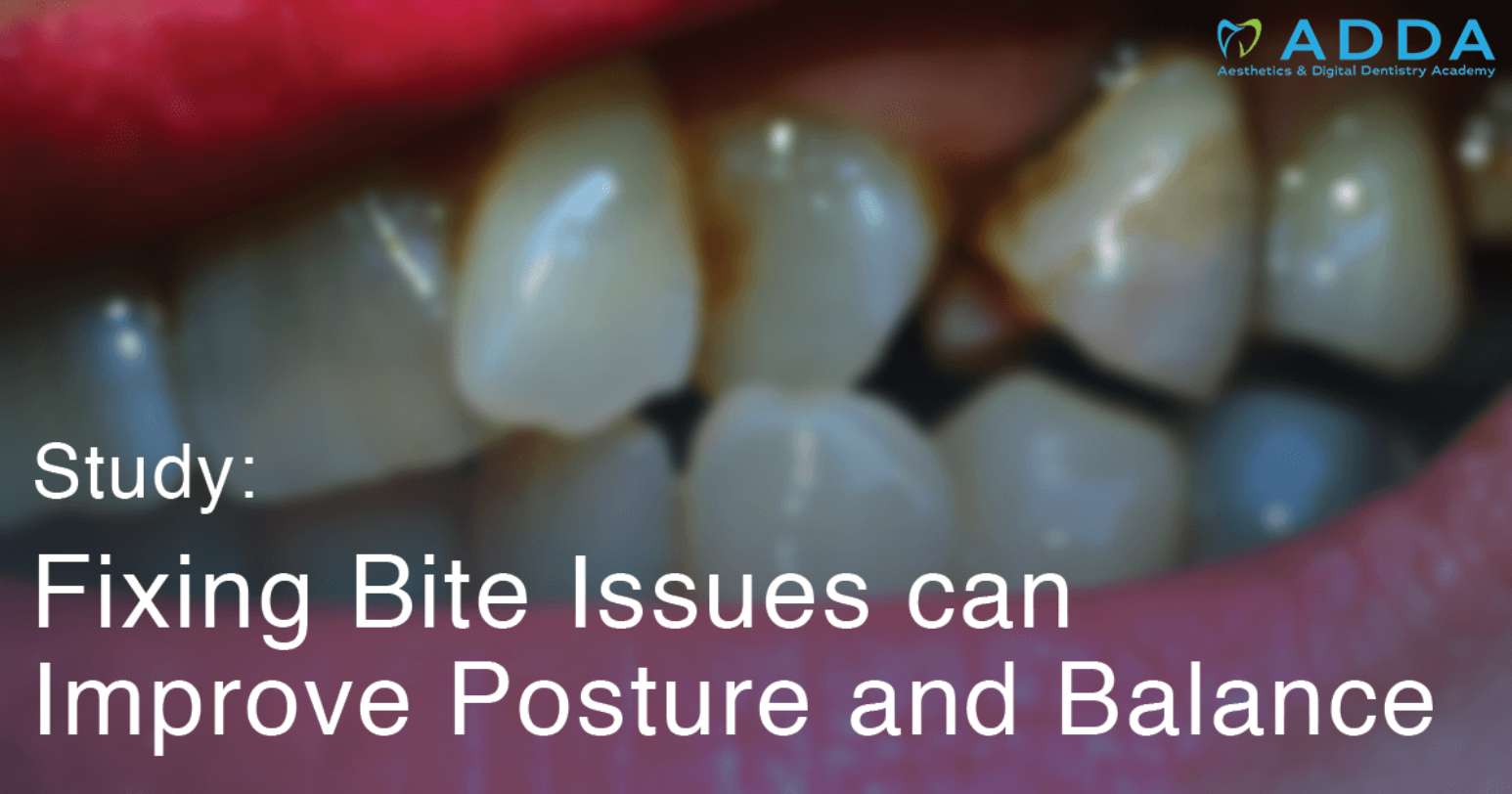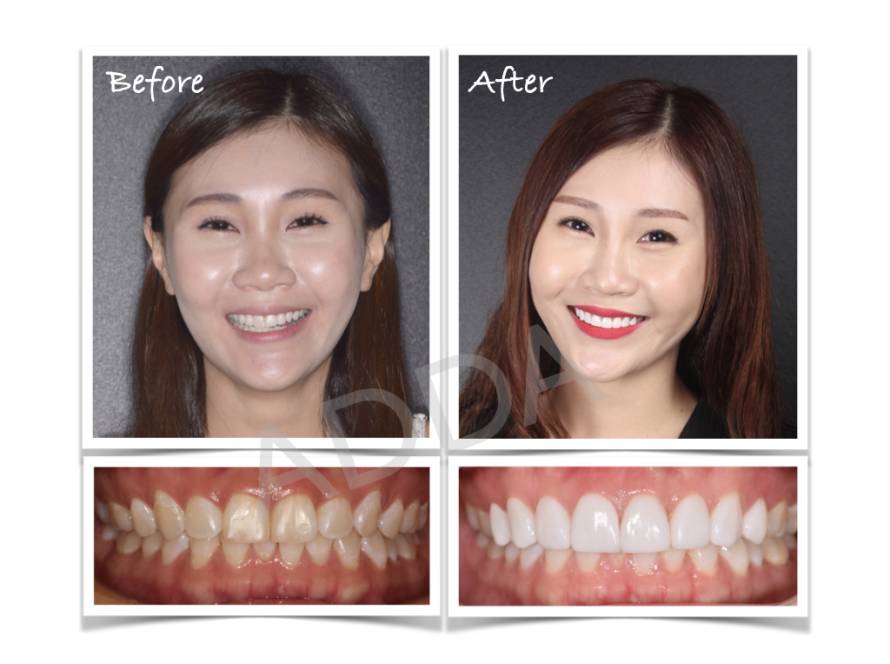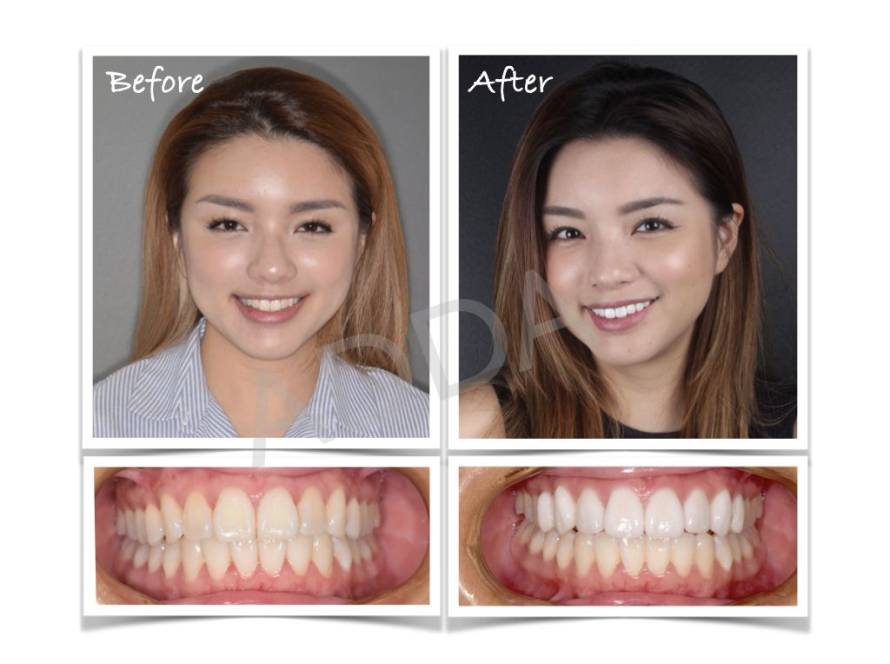For years, dentists have recognised the importance of correcting faulty bites. Crossbites, overbites, and underbites can cause jaw pain and difficulty biting, chewing, or speaking, so it’s important to fix these issues in order to improve a patient’s quality of life. Now, new research indicates that bite problems can also have a correlation with broader systemic issues, such as balance and posture.
The Technical Terms
Technically, a bite problem is referred to as a “malocclusion.” Such issues can include gaps in teeth, missing teeth, an off-centre midline, and other problems. Dental occlusion refers to the way the teeth fit together, whether it is correct or not.
Two Distinct Studies
The University of Innsbruck in Austria and the University of Barcelona in Spain both conducted separate studies on dental occlusion, with similar results. Both research teams saw a correlation between malocclusion and poor posture or balance issues. According to Sonia Julià-Sánchez, study author and researcher, “What is relevant in the study is that malocclusions have also been associated with different motor and physiological alterations.”
The study findings were published in 2016 in the Neuroscience Letters and in Motor Control, along with the key data. According to the data, patients’ static and dynamic postural control improved when their problematic bites were corrected, either with Invisalign or by some other orthodontic technique.
The Reason Behind the Findings
“Postural control is the result of a complex system that includes different sensory and motor elements arising from visual, somatosensory and vestibular information,” explains Julià-Sánchez. When the jaw is in a neutral position, the body is more comfortable and better aligned, and the person may stand up straighter and walk with greater balance and confidence. A malocclusion causes instability in the mouth and face, potentially affecting the jaw joints which might in turn affect the ears and their role in maintaining balance. Researchers postulate that the trigeminal nerve and vestibular nucleus may also be involved.
Treatment Options for Patients with Bite Problems
Patients suffering from malocclusions should be made aware of the benefits to their physiological health, not just to their appearance, if they have the issue fixed. Thankfully, there are numerous ways that aesthetic and cosmetic dentistry can be useful in such cases.
For some minor malocclusions, porcelain veneers could improve the situation. During the installation process for veneers, the teeth are shaved down just a bit, which means that the dentist has some control over the resulting shape and position of the teeth. With careful design of the veneers, the bite can actually be improved.
Invisalign is another popular way to treat bite issues, especially those resulting from crooked teeth causing faulty contact points. Patients who use Invisalign experience less pain and have cleaner teeth than those who use traditional metal braces; and they enjoy the same beneficial results in most scenarios. However, in more severe cases of malocclusion, fixed appliances or other methods might be necessary.
To gain more hands-on experience or training about any of these types of cosmetic dentistry, contact the Aesthetics and Digital Dentistry Academy and ask about our upcoming modular courses.
Source: Science Daily, 14 Sept 2016



